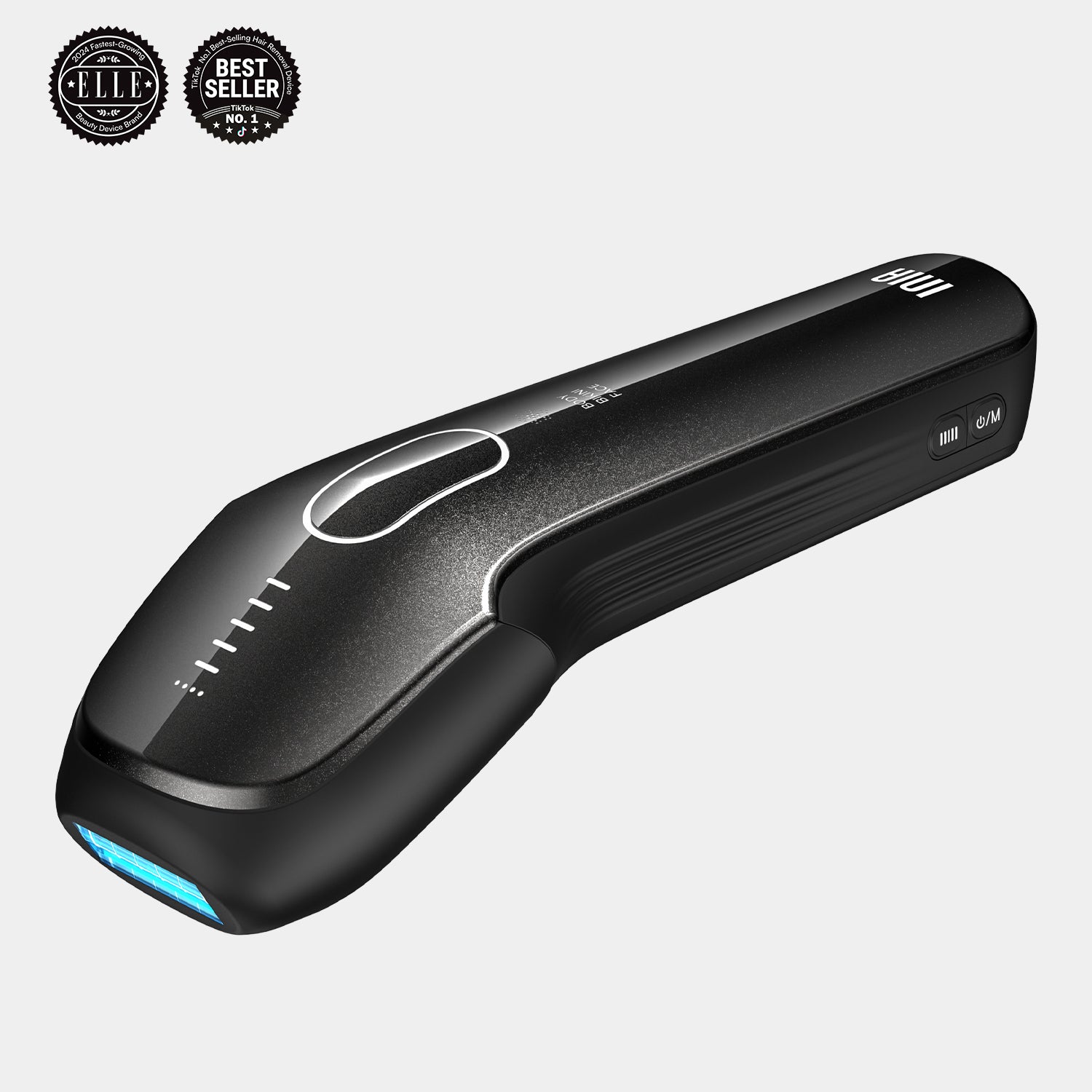Unveil Your Confidence: The Ultimate Guide to Flawless Bikini Hair Removal!
Bikini hair removal is more than just a beauty regimen; it's an empowering ritual that can significantly boost self-confidence. Many individuals choose to remove hair in the bikini area for various reasons, including aesthetics, hygiene, and comfort. Whether you're getting ready for a beach trip, preparing for a special occasion, or simply wanting to feel more comfortable in your own skin, the decision to remove bikini hair can play a crucial role in how you perceive yourself. With multiple methods available, understanding the options can help you make informed decisions that align with your needs and preferences. In this guide, we'll explore different hair removal methods, tips for preparation, and aftercare practices to ensure a smooth and satisfying experience.

Understanding Bikini Hair Removal Methods
When it comes to bikini hair removal, there are several methods to consider, each with its own set of benefits and drawbacks. Shaving is the quickest and most accessible method, but it can sometimes lead to skin irritation. Waxing offers longer-lasting results but can be painful for some. Laser hair removal is a more permanent solution, but it often requires multiple sessions and can be expensive. Depilatory creams are another option, providing easy application but necessitating caution to avoid skin reactions. By weighing the pros and cons of each method, you can find the approach that best suits your personal preferences and lifestyle.
Shaving
The shaving process is straightforward, requiring only a razor and some shaving cream or gel. To ensure a safe shave, always use a clean, sharp razor and shave in the direction of hair growth to minimize irritation. Common mistakes include shaving dry skin or using a dull blade, which can lead to cuts and razor burn. A few helpful tips: exfoliate before shaving to remove dead skin cells and moisturize afterward to soothe the skin.
Waxing
Waxing involves applying a warm or cold wax to the skin and then pulling it away to remove hair from the root. This method can result in smoother skin for several weeks, making it a popular choice. Expect some discomfort during the process, particularly if you're new to it. To prepare, ensure the hair is long enough for the wax to grip effectively, and consider scheduling your appointment during a time when your pain tolerance is higher.
Laser Hair Removal
Laser hair removal uses concentrated light beams to target hair follicles, leading to a reduction in hair growth over time. While it can be effective and results can last for months, multiple sessions are typically required. It's essential to consult a professional to discuss potential side effects, such as skin irritation or discoloration, especially for those with sensitive skin.
Depilatory Creams
Depilatory creams work by chemically dissolving hair, allowing for easy removal. These creams can be effective, but it's crucial to perform a patch test first to check for allergic reactions. Apply the cream as directed and avoid leaving it on for longer than recommended, as this can lead to skin irritation. Always follow up with a moisturizer to keep the skin soft.
Preparing for Bikini Hair Removal
Preparation is key to a successful bikini hair removal experience. Start by ensuring your skin is clean and exfoliated, which helps prevent ingrown hairs. If you're trying a new method, consider performing a patch test to check for any allergic reactions. Timing is also important; choose a day when you won't be in a rush and can dedicate time to the process. If waxing or laser hair removal is on the agenda, avoid sun exposure or tanning treatments beforehand to minimize skin sensitivity.
Aftercare for Bikini Hair Removal
Aftercare is essential to maintain smooth skin and prevent issues like irritation or ingrown hairs. After shaving, applying a gentle moisturizer can soothe the skin, while after waxing, it's best to avoid tight clothing and hot baths for 24 hours. If you experience any redness or discomfort post-treatment, using a cold compress can help. Regular exfoliation after hair removal can also help prevent ingrown hairs, keeping your skin looking and feeling its best.
Empowering Your Choices for Bikini Hair Removal
In conclusion, bikini hair removal is a personal choice that can enhance your confidence and comfort. By understanding the various methods available and preparing adequately, you can ensure a positive experience. Whether you choose to shave, wax, undergo laser treatments, or use depilatory creams, remember to prioritize your skin's health and comfort. Embrace your choices with confidence, and enjoy the benefits of feeling great in your skin!







